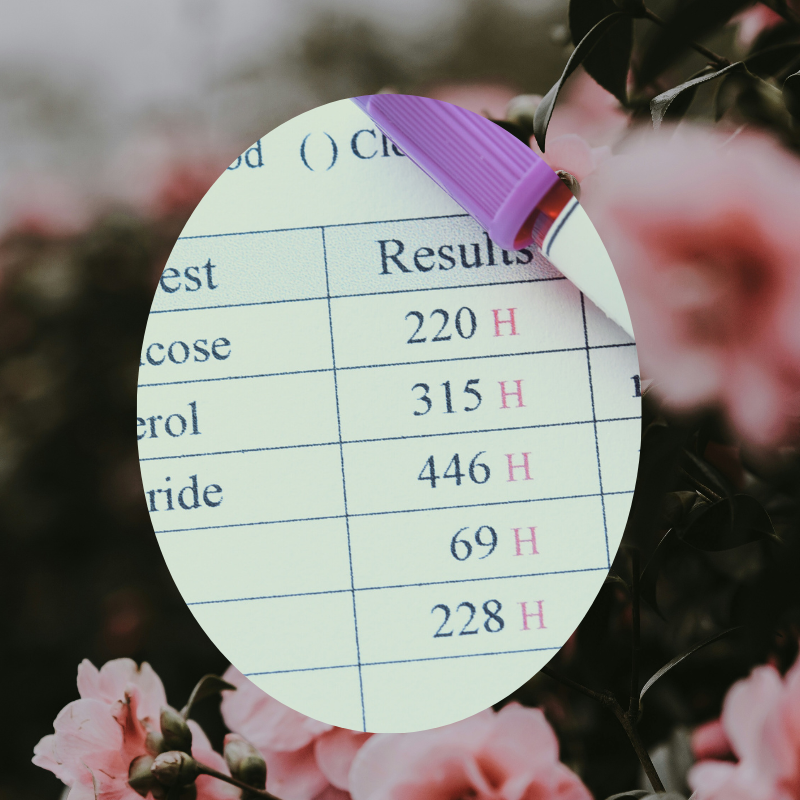Managing the Menopause
The menopause is different for every woman. It is a complete transformation, like puberty, where body and mind shift to prepare women to enter a new phase in life.
However, this rite of passage is not honoured in today’s Western society. Women may not be sure of the signs and symptoms until they are in the middle of it. Solutions and support can be hard to find.
The menopause is nothing new though and there are steps that you can take using diet and lifestyle to manage your menopause.
I regularly see clients who through small changes can make a big difference to how they feel.
Here are my top four tips for nourishing and supporting your body through this journey:
- Create calm
Many women are running on empty by the time they reach menopause whether its dealing with work, children, parents, or modern life.
During the menopause, the adrenal glands take over from the ovaries the production of sex hormones such as oestrogen. However, the adrenal glands are also responsible for producing cortisol which happens when we are under stress. So overworked adrenal glands may also heighten menopausal symptoms.
It is easier said than done to reduce stress, but practising self-care is a priority. Activities such as nature walks, tapping (EFT), acupuncture, meditation or breathwork can help move us from fight or flight mode into rest and digest. It is important to find the strategy that works for you.
There are also herbs that can help bring a sense of calm such as liquorice, chamomile, oat straw, motherwort and passionflower.
- Make time for movement
We all know that exercise is good for us. But this is the time to really prioritise regular exercise. From lifting libido to protecting against heart disease and osteoporosis, exercise has so many benefits in the menopausal years.
From walking to weights, exercise makes bones thicker and more flexible, boosts production of sex hormones, reduces blood sugar and improves circulation.
Importantly, exercise also improves confidence which is vital during a time of such a big change.
Find a form of exercise that you enjoy so it turns into a habit and ideally include a mixture of weight-bearing, cardiovascular and stretching.
- Find your favourite phytoestrogens
Phytoestrogens are compounds found in plants that mimic oestrogen in the body. They are found in nuts, seeds, grains, roots, berries, but some plants have particularly powerful phytoestrogens that have been studied to help with menopause. Examples include:
- Pomegranates (which are associated with fertility) may modulate oestrogen levels yet also protect against oestrogen-dependent cancers. There is a weak form of oestrogen in the seeds, and you can even make a homemade oil by infusing them in olive oil for 6-weeks to help counter vaginal dryness.
- Fenugreek is another favourite. It is an aromatic spice often used in curries that can be a very inexpensive way to improve menopausal symptoms. It has been shown to also restore blood sugar balance, improve digestion, and increase libido. Simply, infuse one tablespoon of seeds in hot water for 15 minutes and drink regularly.
You don’t need to use exotic fruits or spices though, virtually every edible bean is a rich source of phytoestrogen compounds such as isoflavones, coumestans, and lignans.
Top of the list for benefits are kidney beans, red lentils, turtle beans and yellow split peas!
- Love your liver
From a Traditional Chinese Medicine perspective, menopausal symptoms such as hot flashes, night sweats, and memory loss can be a result of too much fire in the liver. When the liver is aggravated, this generates heat so the priority is to cool the liver down and remove the stress.
The liver is responsible for metabolising oestrogen so even from a Western perspective this makes sense. Our livers have a bigger job than ever now due to all the new, synthetic chemicals that have been introduced into the environment. From plastics, cleaning products, make-up, pesticides, pollution, the list is endless, and our liver must work out what to do with it all.
You can start to reduce the burden by detoxifying your home. Look at the labels on products and research on the Environmental Working Group the impact of the ingredients on your health.
Invest in chemical-free products and there are plenty of natural alternatives that are just as effective you can make at home. The benefits are that in doing so you are supporting not just your own health but the whole environment!
IF YOU LIKED THIS POST you might love these
What is Family Tree Therapy?
26 May 2023
Unlocking the Secrets of Illness with Recall Healing
26 April 2023
Meet Alexandra
13 April 2023
Functional Diagnostic Testing
22 September 2022






